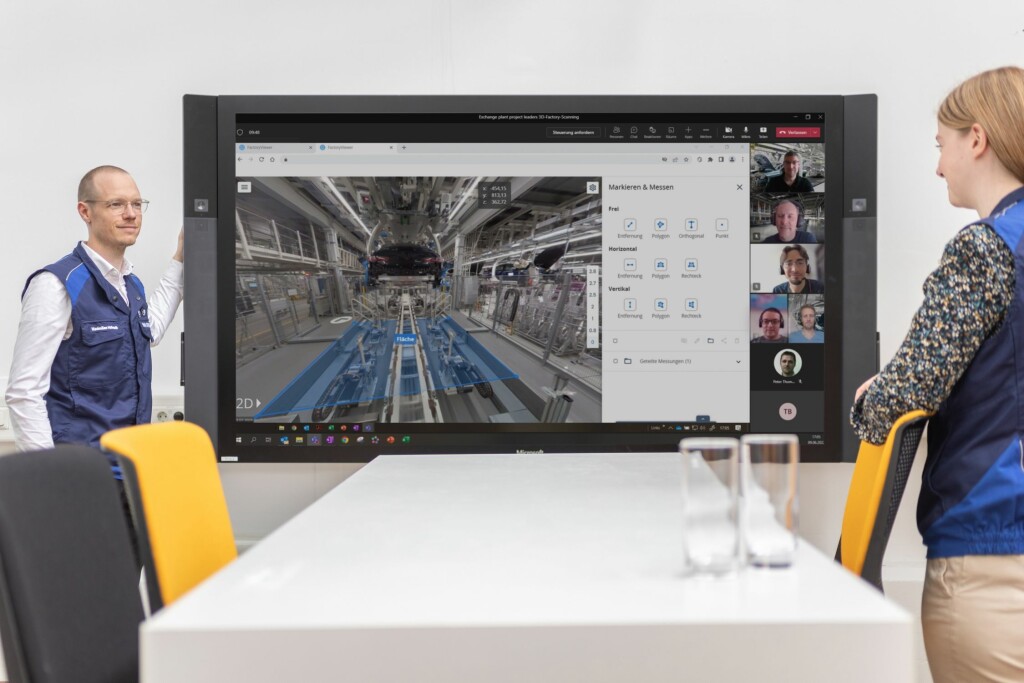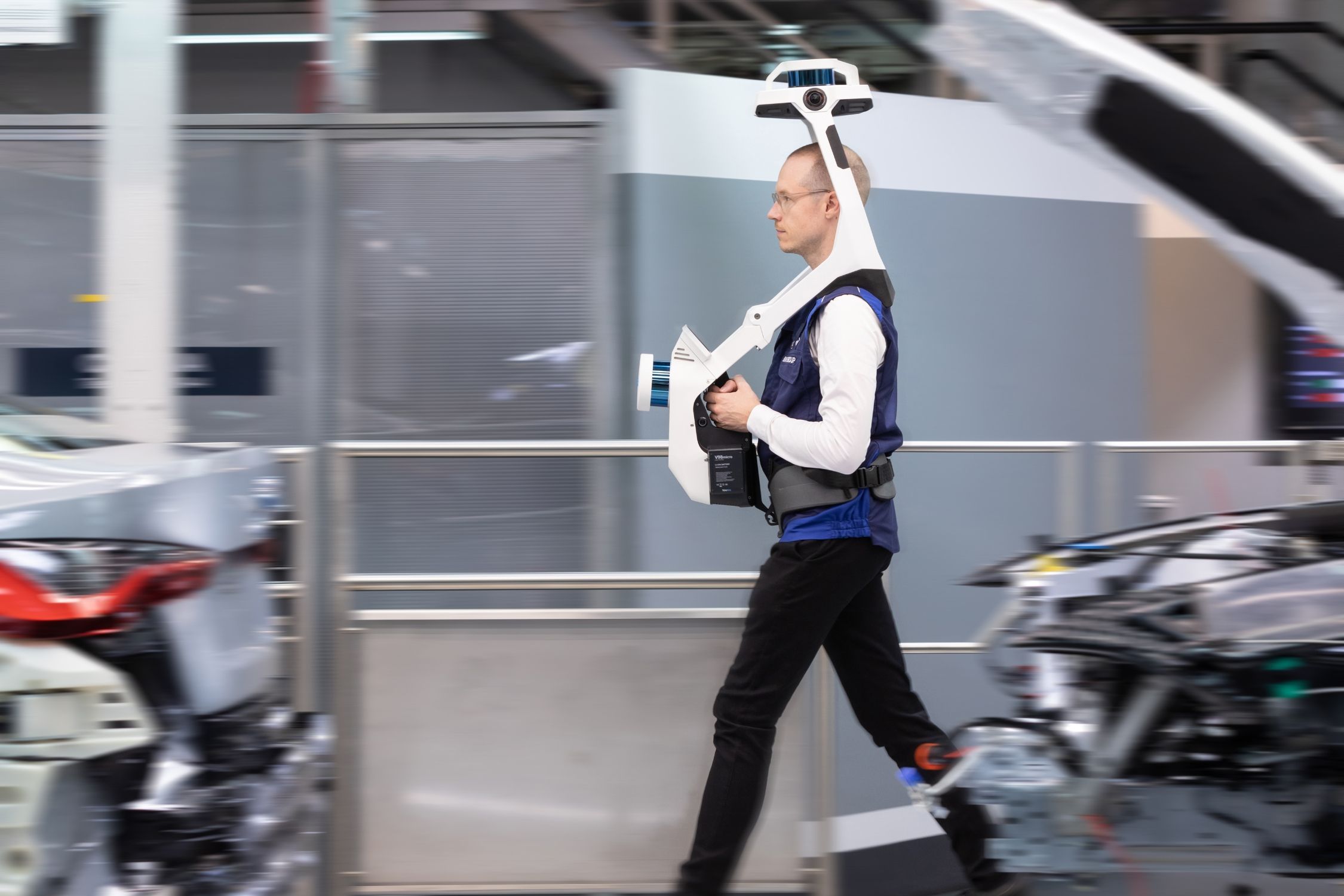Earlier this year, the BMW Group introduced BMW iFactory, its new, modern strategy for the future of automotive production. The strategy involves the building of new plants as well as renovating new plants in order to meet their future e-mobility goals. Milan Nedeljković, a member of the BMW Group’s Board of Management, put it like this: “Automotive manufacturing of the future requires a new, holistic way of thinking. With our BMW iFACTORY, we are leading the way and setting new standards in flexibility, efficiency, sustainability and digitalisation.”
It goes without saying that this is a large endeavor, with the company looking to revamp all of their existing plants in addition to meeting these goals with any new plants that are produced. One of the first steps for this project is going to be creating 3D digital models for each of their existing plants, a process they plan to have completed by early next year. They’ve already gotten underway too, having scanned some of their biggest plants including one in South Carolina and another in Munich. To complete this, they’ve turned to reality capture and fellow German-based company NavVis to capture and scan the plants using its web-based platform, NavVis IVION Enterprise.
In cooperation with NavVis, the BMW Group is using mobile 3D laser scanners in order to create photorealistic panoramic images and floor plants that are accurate down to every detail in the plant, including structures, facilities, and outdoor areas. The data captures via these scans will enable the company to create a digital twin of the plants to virtually inspect them. There are countless use cases for these digital twins, both in the planning of future plants by being able to hone in on specific areas of interest to determine what does and does not need to be improved, as well as for renovations for the existing plants. As an example, the company will be able to “cut out” individual sections of the 3D scans and make that available for external suppliers, saving time and effort during planning stages. They’ll also be able to collaborate much more efficiently via NavVis’ web-based platform, allowing for fewer errors to be made in the process.

NavVis has quickly become among the top reality capture companies in this space, with their mobile scanning systems being used for a variety of use cases. Recently, they announced a new partnership with the AR company, Magic Leap, adding another layer of possibilities with digital twins utilizing their technology. For this specific BMW project, the team is using the NavVis IVION platform. The software also allows for users to manage multiple sites from one account, certainly an advantage for a project like BMW’s with multiple large-scale facilities being scanned and managed, and also enables administrators to assign different levels of permissions for various stakeholders for individual projects.
This is still an ongoing project for the BMW Group, who plans on having full scans of their plants in Dingolfing, Leipzig, and Tiexi by September of this year, with goals to complete the project with plants in Mexico, South Africa, the UK, and Dadong, China in spring of 2023. Beyond that, the company is also working to develop its own autonomous scanning robots in order to keep the scans current moving forward without having to devote additional personnel hours to the project. For future production structures, they will be utilizing the NVIDIA Omniverse platform for 3D designs and simulations. They’ve already started this process in the planning for a new vehicle plant in Debrecen, Hungary, already having the ability to simulate core processes at the future plant in the virtual space.
The iFactory strategy is still in its relatively early stages, but utilizing technology from established reality capture and modeling companies like NavVis and NVIDIA, the future of production sites for the BMW Group looks strong.






